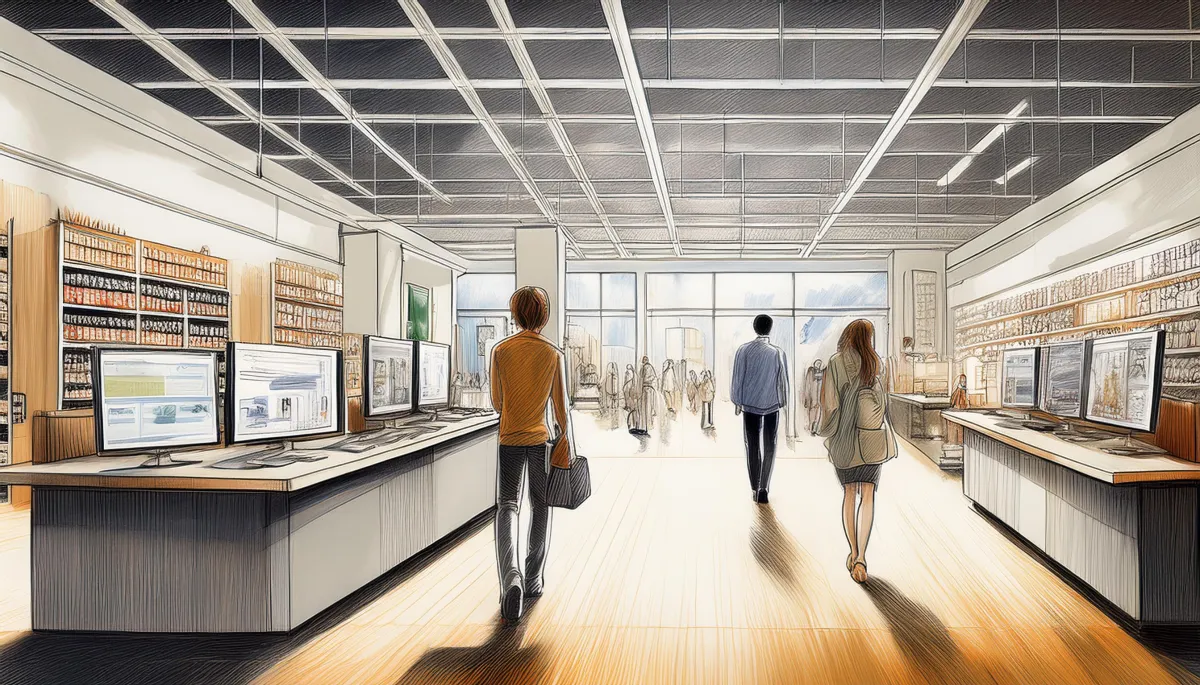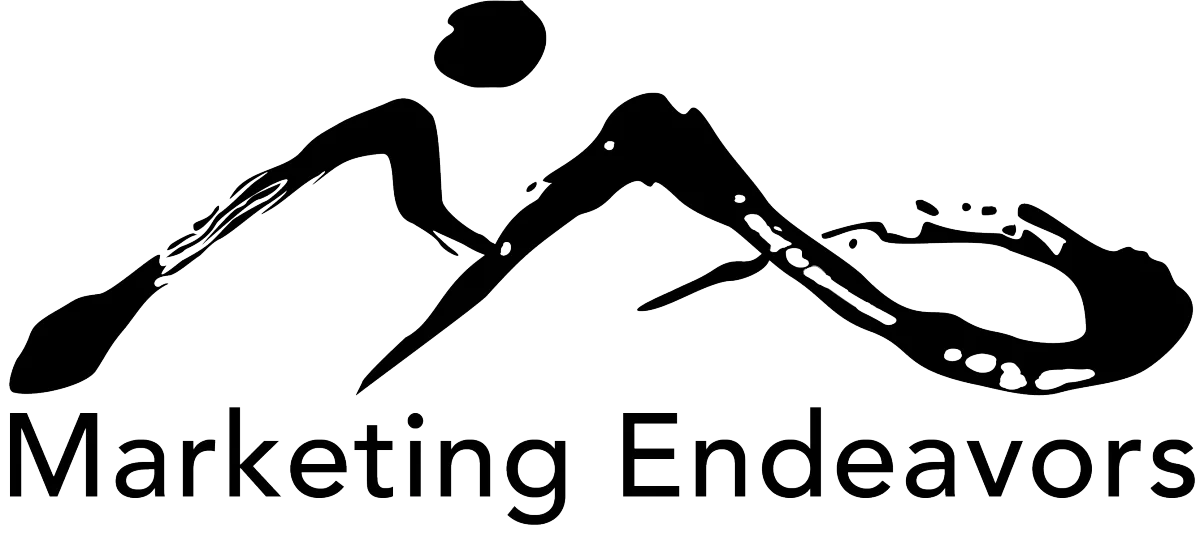
When Innovation Fatigue Hits: Why Customers Are Craving Familiarity Again
The Innovation Overload
For the past decade, “innovation” has been the rallying cry of every industry. New tech, new experiences, new everything. Retailers reinvented store layouts. Tech companies launched yearly updates. Even service brands rebranded to feel cutting-edge.
But by late 2025, the mood has shifted. Customers are showing signs of fatigue. What once felt exciting now feels exhausting. Every “next big thing” seems to come with a learning curve, a subscription fee, or a subtle sense of being tested again.
Innovation hasn’t lost its value—but it’s lost its rhythm.
The Familiarity Effect
What customers are responding to now isn’t constant reinvention—it’s comfort. Not nostalgia in the retro sense, but reliability. They want experiences that work the first time, products that feel intuitive, and brands that stay consistent.
You can see it in retail design: stores that experimented with flashy AR displays or endless customization are simplifying layouts again. In e-commerce, brands are toning down personalization gimmicks in favor of straightforward navigation and faster checkouts. Even tech launches are slowing their cadence, focusing on usability instead of novelty.
Consumers are quietly saying: stop changing for the sake of it.
When New Becomes Noise
The speed of innovation created a different kind of risk—disconnection. Each update, feature, or redesign introduced small points of friction. What was meant to feel modern often ended up feeling alien.
Retailers learned this the hard way. Overly automated experiences stripped away the human touch that made stores memorable. Over-personalized digital journeys blurred into uncanny territory. Even loyalty programs started feeling like math problems instead of rewards.
When every interaction feels new, none of it feels trustworthy.
The Return to Steady
The most effective brands right now aren’t standing still—but they are slowing down intentionally. They’re stabilizing before scaling, asking whether customers actually want the change or simply expect consistency.
A few patterns are emerging:
Retailers simplifying UX and loyalty apps, cutting clutter and focusing on clear value.
Tech companies emphasizing stability over rapid feature rollout.
Hospitality brands refreshing timeless experiences, not reinventing them.
These aren’t defensive moves—they’re strategic pauses. By choosing what not to change, brands signal maturity and confidence.

Familiarity Builds Trust
In an environment of constant change—economic, technological, social—familiarity has become a form of emotional safety. Customers are drawn to experiences that feel grounded. They want to know what to expect.
That doesn’t mean innovation stops. It just means innovation has to serve the experience, not overshadow it. When change feels deliberate, customers interpret it as progress. When it feels frantic, they interpret it as uncertainty.
The best brands know the difference.
Leading Through Predictability
For leaders, the challenge is restraint. The pressure to “keep up” can make stability look like stagnation, but that’s a mistake. The right kind of predictability is strategic—it gives customers room to trust you and teams space to deliver excellence.
Retailers who master this rhythm will win the next phase of loyalty. Not by chasing constant novelty, but by offering a sense of reliability in a world that rarely feels steady.
The Lesson of 2025
Innovation still matters. But how it’s delivered matters more. The brands that thrive won’t be the ones that surprise their customers most often—they’ll be the ones that make them feel most certain.
In a world addicted to change, familiarity might just be the next frontier.

